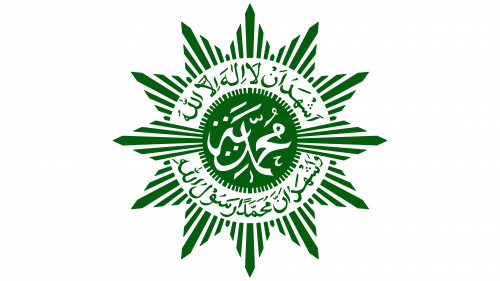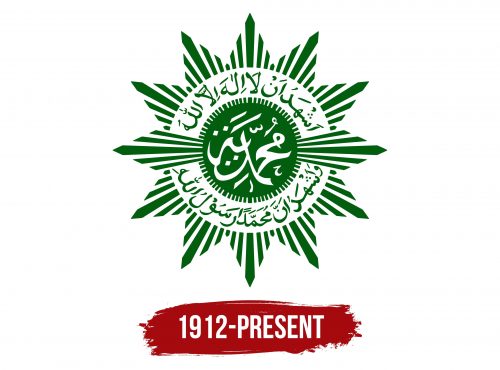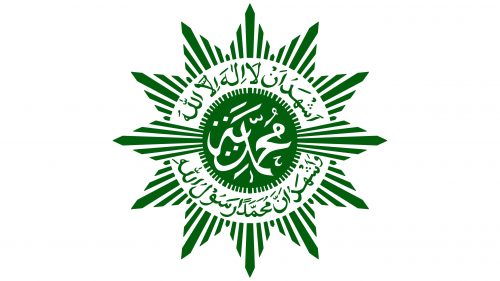Muhammadiyah: Brand overview
Muhammadiyah was founded in 1912 in Yogyakarta, Indonesia, and is the brainchild of Ahmad Dahlan, a prominent figure of the Islamic Reformation. Rather than adhering to age-old interpretations, Dahlan established Muhammadiyah on the basis of ijtihad – independent thought and individual interpretation of Islamic scriptures, as opposed to the traditionalist concept of taqlid, which involves strict adherence to established doctrines.
In its formative stages, Muhammadiyah focused on religious teachings, improving Islamic practices, and making medical care available through the establishment of clinics and medical centers. In the 1920s, the organization’s influence spread to regions such as Java and Sumatra. Not limited to religious activities, Muhammadiyah also became active in the social sphere, establishing institutions ranging from educational institutions and mosques to orphanages.
In the 1940s, when Indonesia was undergoing a national revolution, Muhammadiyah supported the country’s quest for sovereignty. At the same time, Muhammadiyah consistently sought to expand religious and social outreach. In the 50s and 60s, universities, vocational training centers, and an exclusive publishing house were established to promote reformist views. Realizing the importance of the role of women in society, special offices dedicated to them were opened.
In the second half of the 20th century, “Muhammadiyah” increasingly spread its presence throughout the Indonesian archipelago, positioning itself as one of the leading Islamic organizations in the country. Its influence over many sectors, including education and health care, only increased. Since Indonesia’s democratization in 1998, Muhammadiyah’s ideology has changed, taking a more progressive stance on issues such as gender equality, human rights, and interfaith harmony. In addition, the organization began to play a more prominent role on the world stage through its aid initiatives.
Today, Muhammadiyah, with its many education, health, and social welfare initiatives, is respected and supported by tens of millions of people across Indonesia in upholding its reformist Islamic ideals.
Meaning and History
1912 – today
The logo is centered around a circle, chosen for its resemblance to the sun and a star, embodying warmth, radiance, and guidance. Surrounding the central circle are twelve triangles with their points extending outward, representing rays made up of lines of varying heights. This configuration evokes a sense of spreading light and energy.
Inside, there’s another circle filled with rays, but these are depicted as miniature rectangles, adding a layer of intricacy and modernity to the design. This inner circle is encased in a broad white ring, creating a striking contrast and enhancing its visual impact.
The design incorporates inscriptions in Arabic, featuring smooth, visually soft glyphs with ample characteristic curves. These letters flow beautifully, adding to the logo’s elegance and spiritual depth.
The emblem is painted green and white, colors deeply symbolic in Islam. Green represents paradise, signifying hope, renewal, and life. White is associated with spiritual purity and peace, conveying a message of serenity and sanctity. Together, these colors and elements form a logo that is visually captivating and rich in meaning, reflecting a blend of spiritual significance and aesthetic grace. This logo is a testament to its values, combining traditional symbols with a contemporary design to create a lasting impression.





